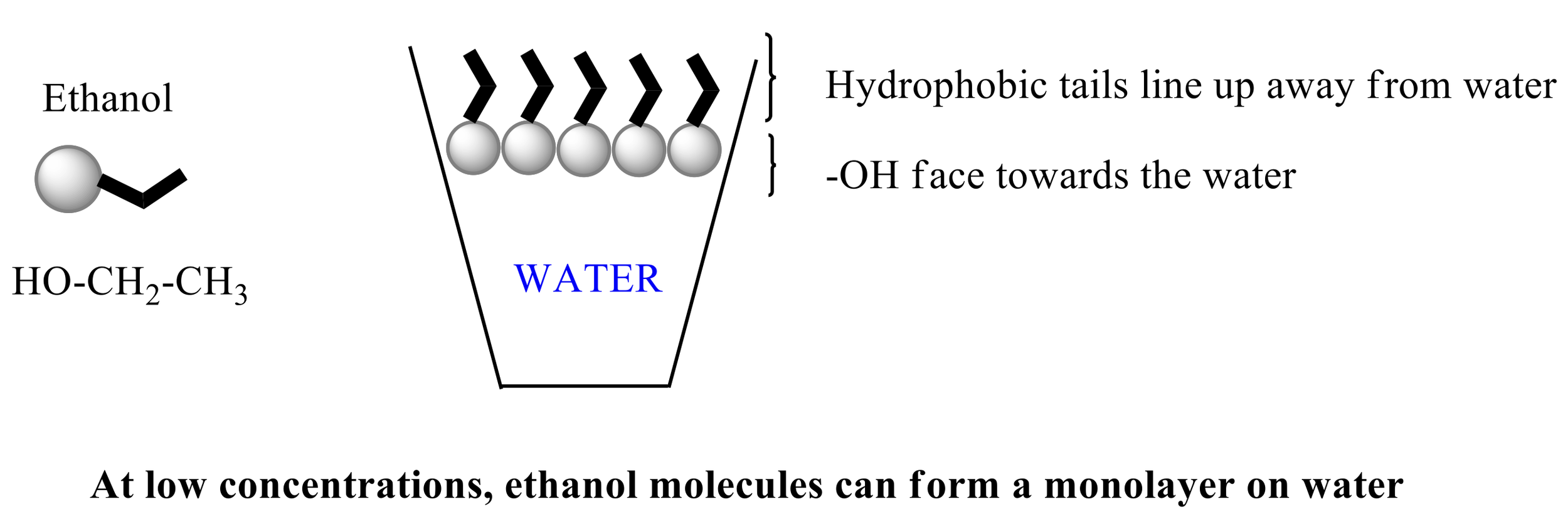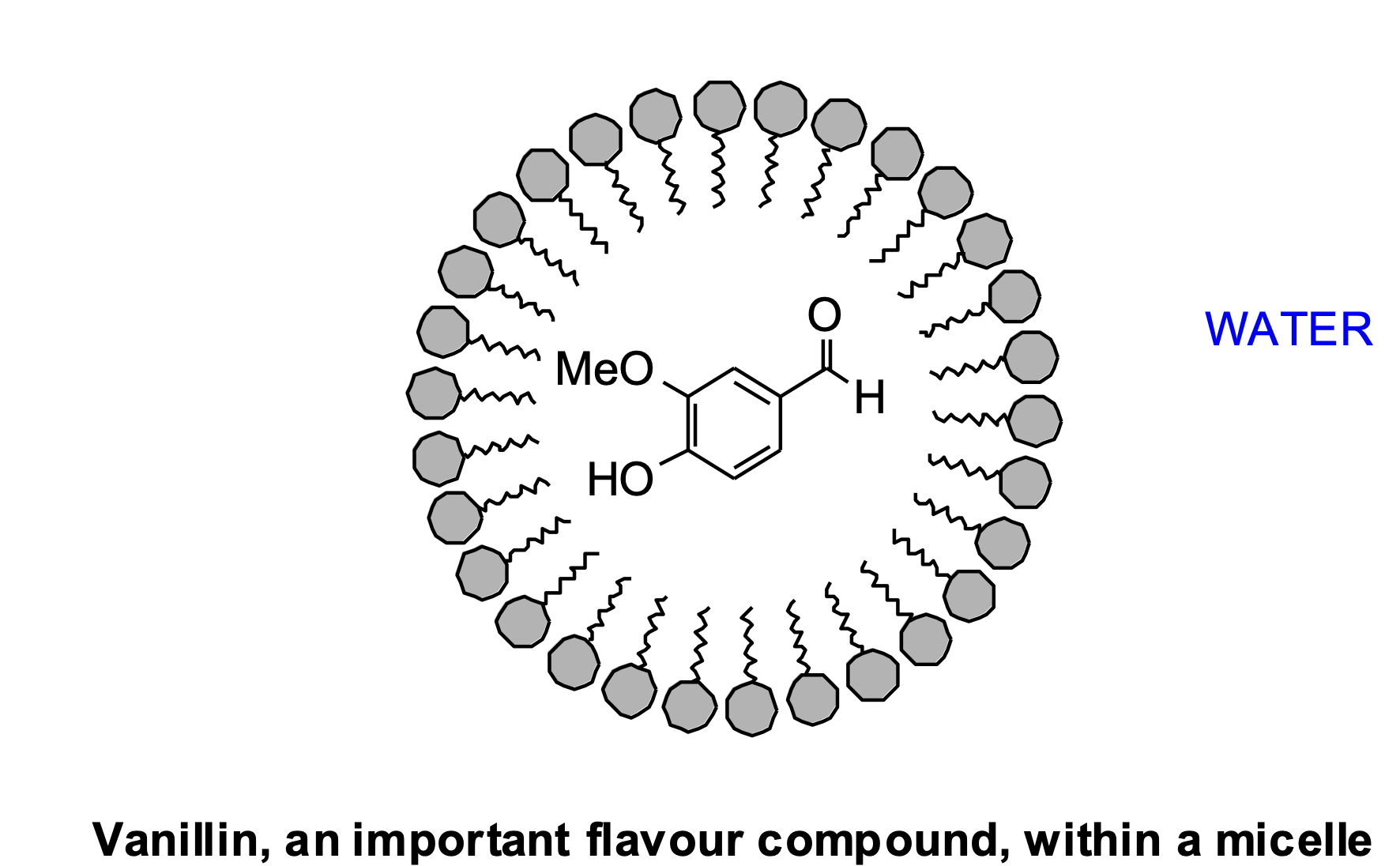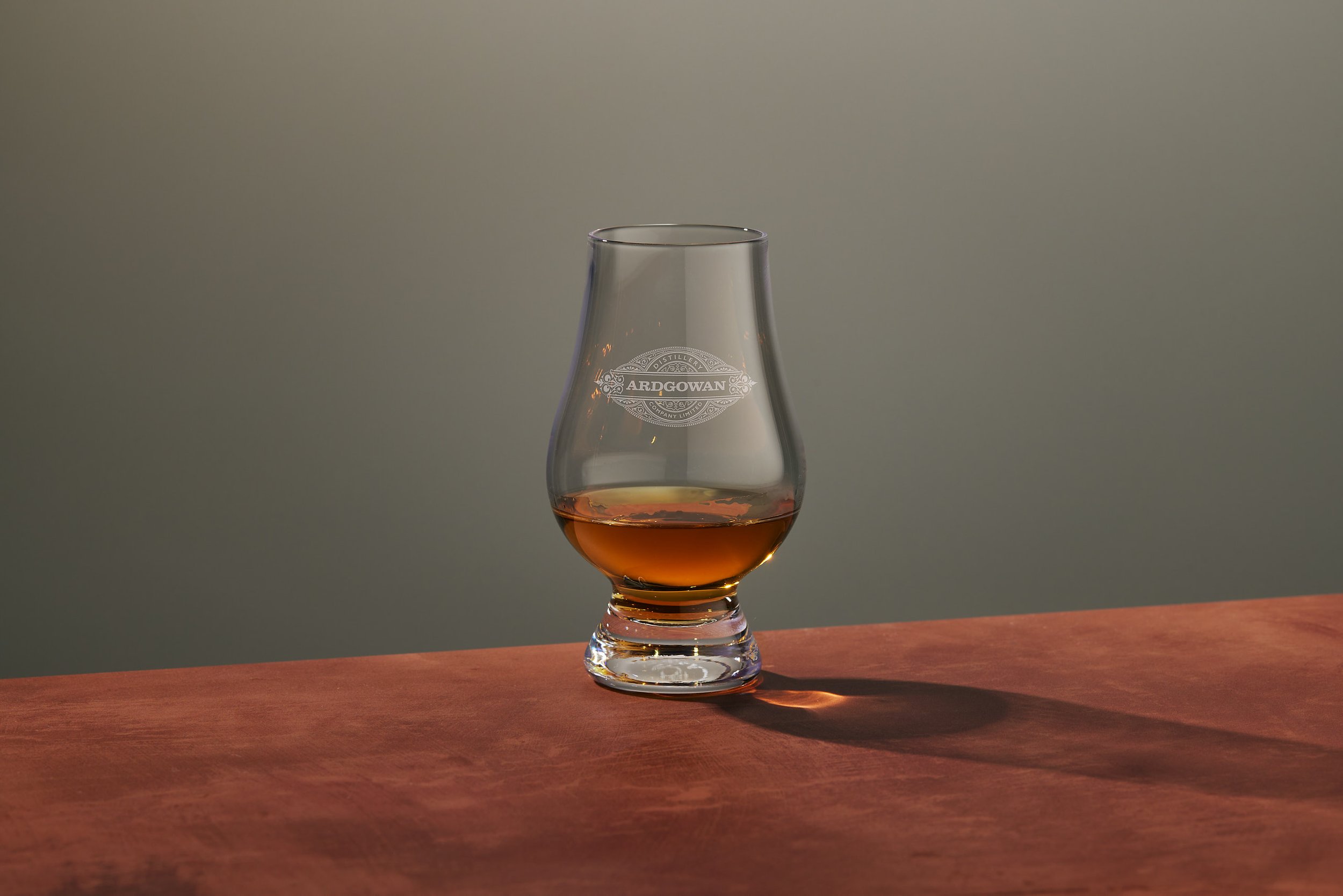Water with your whisky?
Award-winning Independent Whisky
Bankfoot Farm, Inverkip, PA16 0DT
NEWSA point of endless contention, a discussion topic that has filled many evenings with (mostly) friendly debate, and a question we are asked daily: does adding water to your whisky dilute the flavour, or ‘open up’ the contents for a fuller experience? Dr Kate McAdam gives us a look at the science to help…

The main components of any whisky are ethanol and water, usually found in a ratio of around 40:60, but it is actually the minor components that give the spirit its unique characteristics. Despite composing <1% of the total volume, these minor components are responsible for both aroma and flavour.
All molecules can be classed as water-loving (hydrophilic), water-hating (hydrophobic) or a bit of both (amphiphilic).
Ethanol is made up of two carbons (-CH2-CH3) attached to an oxygen (-OH) and so is one of these ‘all-rounders’.
The -OH (hydroxyl) part loves water, but the two carbons would prefer to keep as much distance between themselves and water as possible.
To achieve this at low concentrations, the ethanol molecules will line up at the surface of water within a glass, with the –OH pointing towards the water, and the carbon chain sticking up into the air.

At higher concentrations, things get even more interesting! Once there are too many ethanol molecules to fit in a monolayer, the ethanol starts to fall out into the main body of water and can form tight balls (or micelles) to that force the water to the outside and keep the hydrophobic chains on the inside. When this happens, some of the lovely, tasty aromatic components rush to be inside and away from the water too. (Fun fact: this is exactly how washing up liquid helps cleaning up greasy dishes!)

Once inside the micelle, a molecule can’t evaporate to reach your nose so the bouquet is hidden and, on tasting, can be rolled right past your taste receptors.
But what about adding water? As you add water, the opposite happens, with the number of micelles dropping and the flavour compounds being forced out into the water. At that point, the only way out is up – with nowhere to hide, all components are presented for your enjoyment of a full burst of smell and flavour (you can check out our blog on chill filtration for more information on how related processes can affect flavour).
Recent computational studies have even suggested that it is the monolayer itself that alters flavour as it coats your tongue, but the authors do note that this was never put to the taste test!
So after all this, what is the answer? Well, here at Ardgowan we have concluded (after extensive testing) that the ‘correct’ way to take your favourite dram is…simply that which brings you the most enjoyment.
Slàinte Mhath,
Dr. Kate McAdam, PhD
B.A. (Mod) MedChem
